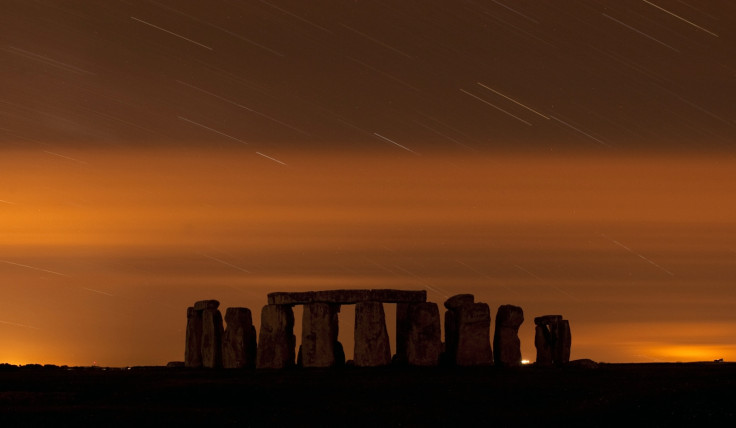Stonehenge origin: New theory suggests it could have been a 'Mecca on stilts'

A new theory has arisen regarding the origin of Stonehenge, suggesting that it could have been "an ancient Mecca on stilts".
The source of the prehistoric decoration has long been the subject of debate, leaving many wondering as to why the 13 foot tall rock pillars were erected in Wiltshire over 2,000 years ago.
Art critic and former museum director Julian Spalding believes that it was once a complete circle, crowned by a wooden platform which has since gone missing and "a great alter" capable of supporting hundreds of people at a time in order to elevate them closer to the heavens.
Speaking to the Guardian, Spalding said: "It's a totally different theory which has never been put forward before. All the interpretations to date could be mistaken. We've been looking at Stonehenge the wrong way: from the earth, which is very much a 20th-century viewpoint. We haven't been thinking about what they were thinking about.
"In early times, no spiritual ceremonies would have been performed on the ground. The Pharaoh of Egypt and the Emperor of China were always carried – as the Pope used to be. The feet of holy people were not allowed to touch the ground. We've been looking at Stonehenge from a modern, earth-bound perspective.
"All the great raised altars of the past suggest that the people who built Stonehenge would never have performed celestial ceremonies on the lowly earth. That would have been unimaginably insulting to the immortal beings, for it would have brought them down from heaven to bite the dust and tread in the dung."
Spalding's theory has been met with some scepticism from experts. However Aubrey Burl, an archaeologist and authority of prehistoric stone circles, said: "There could be something in it. There is a possibility, of course. Anything new and worthwhile about Stonehenge is well worth looking into, but with care and consideration."
© Copyright IBTimes 2025. All rights reserved.






















